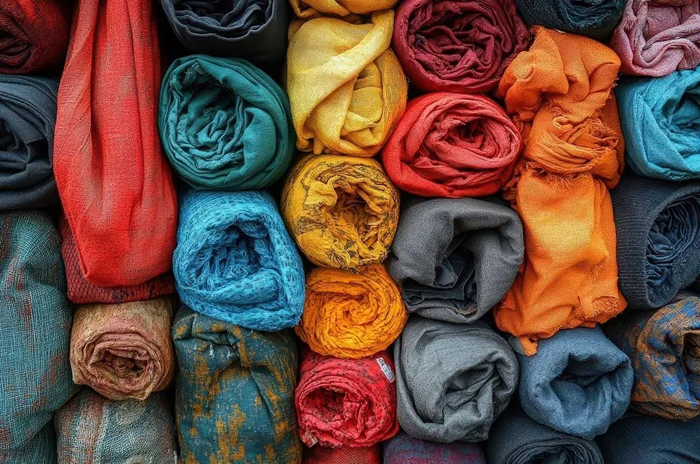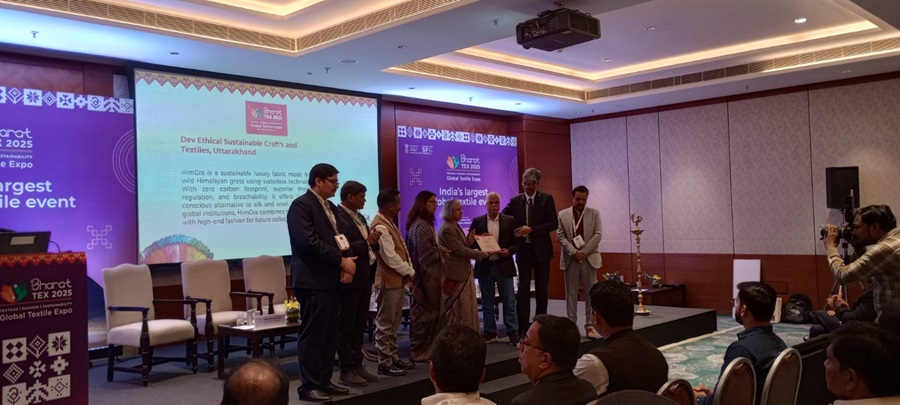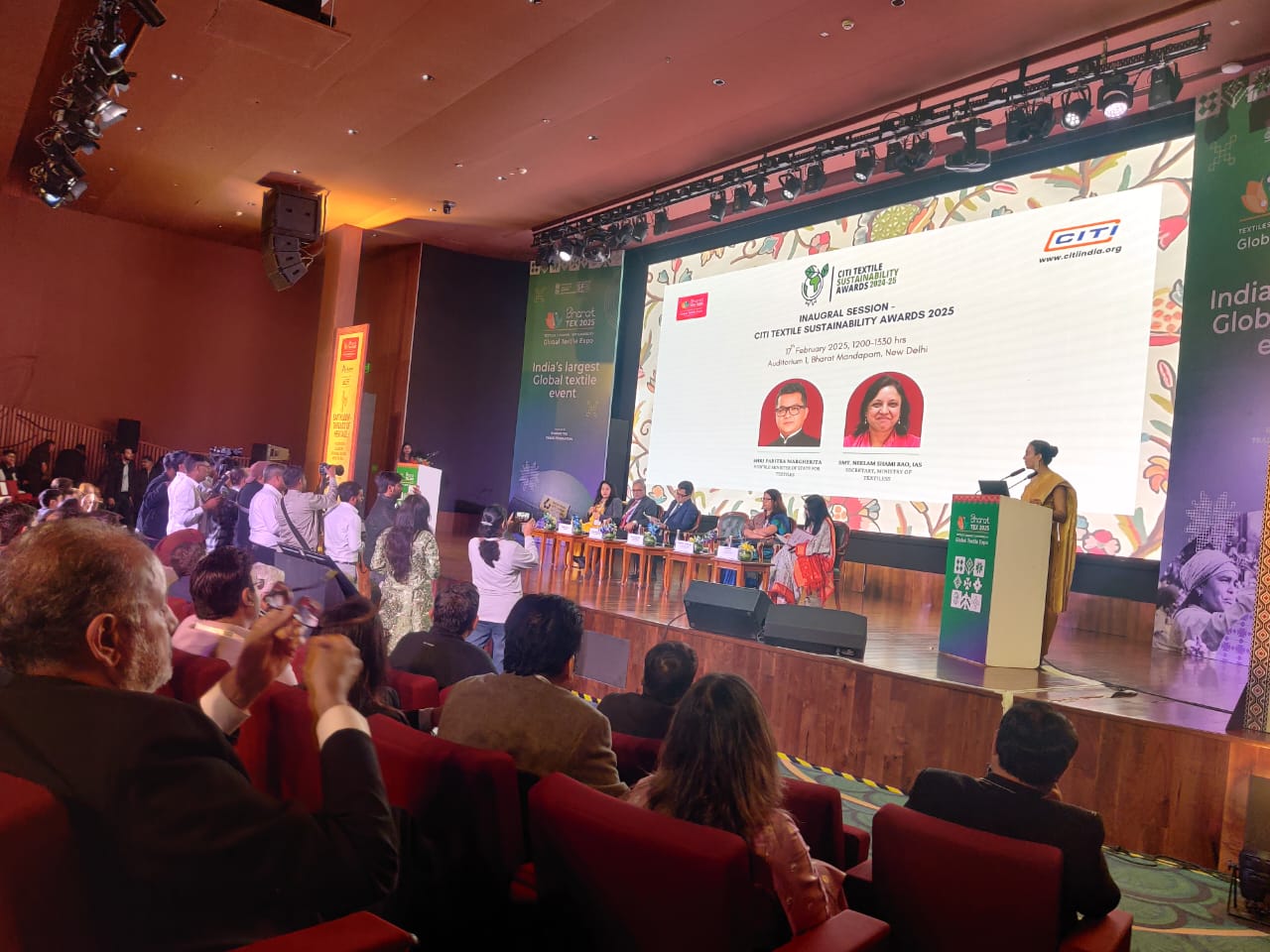Valued at $29.1 billion in 2023, the global sustainable fabrics market is forecast to reach $74.8 billion by 2032, growing at a 12.5 per cent CAGR. As per a report by Market Research Future, this growth is likely to be fueled by increasing consumer awareness, stricter regulations, technological advancements, and corporate sustainability initiatives. However, the market faces challenges like high production costs, limited availability, greenwashing, and a lack of standardization.
Driven by millennials and Gen Z, consumer demand for eco-friendly products will be major growth driver for the global sustainable fabrics market. With regulatory pressures, such as the EU's Circular Economy Action Plan, compelling brands to adopt sustainable practices, textile technology innovations, including waterless dyeing and biodegradable fibers are making sustainable production more feasible. Major brands are incorporating sustainable materials into their product lines.
However, high production costs associated with organic materials and ethical labor practices pose a challenge to this market. Limited availability of sustainable raw materials hinders growth. Greenwashing practices continue to erode consumer trust with the lack of universal standards and certifications creating further confusion.
Circular economy models, like recycling and upcycling, offer significant potential for the global sustainable fabrics market. Collaboration between stakeholders can drive innovation in this segment. Consumer education and supply chain transparency are also crucial with continued investment in textile technology, such as biofabrication, promising future advancements.












